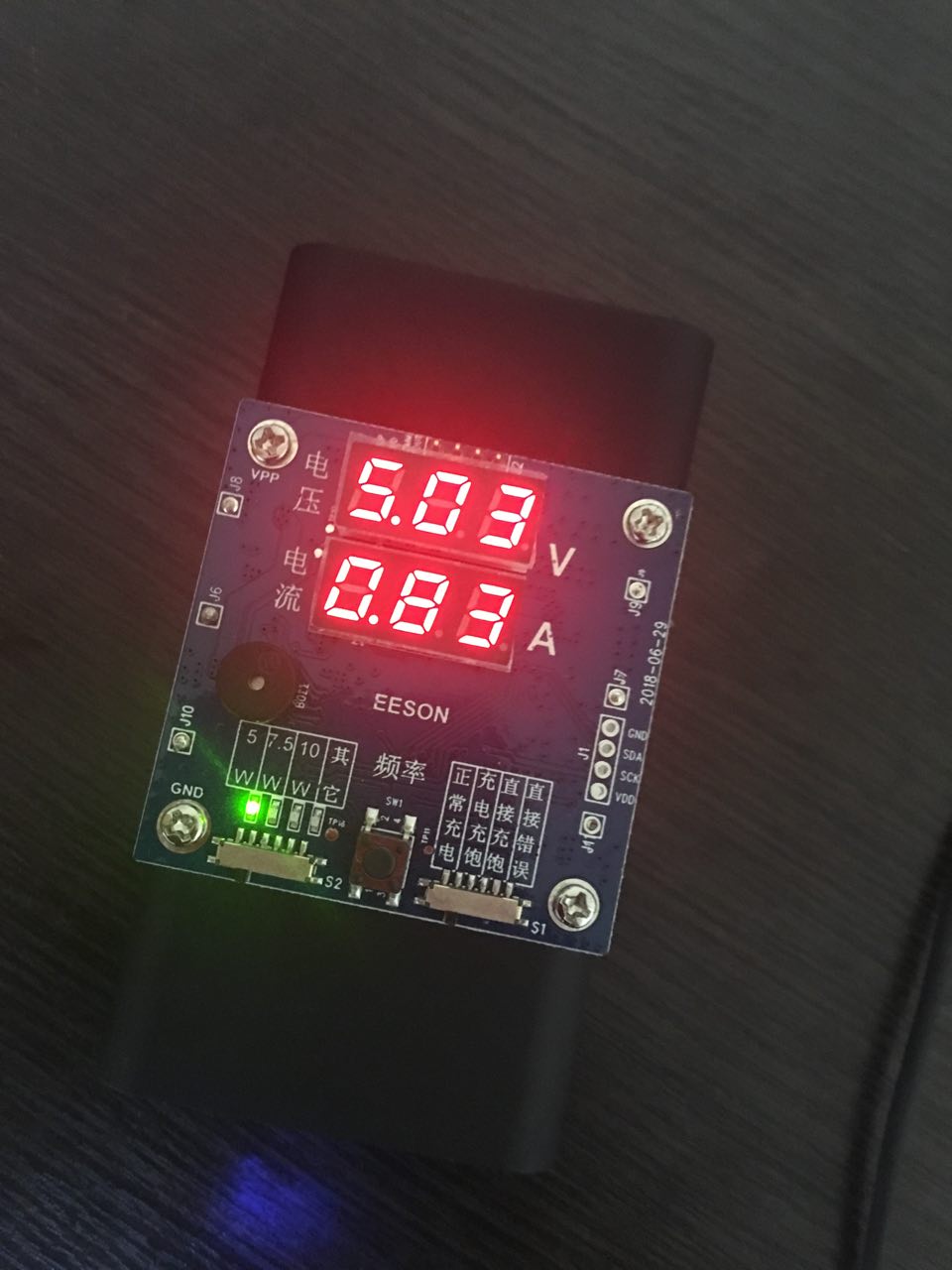Wireless charger. How does it work in practice

I have my own shop of various wireless chargers. For a year of work in this area, I managed to understand the characteristics of the devices, the differences, the problem areas of charge and read a lot of articles in which they write without understanding the topics.
In this and the following articles I want to tell at what stage of development are wireless chargers. I will write about the specifications and measurements. After reading the articles, you will be able to understand what wireless charging is now representing, how it differs and how it develops. Several articles have already been written about the technology of wireless charge transfer, so I will not repeat.
')
This is not advertising descriptions and articles, the purpose of which is to sell the desired model. I want to talk about the current state of affairs so that everyone can understand the differences between them. I will also write about new developments and case studies on how technology is developed.
The main standard of wireless charging devices
Qi is the main standard for wireless power transmission. It is actively used by all manufacturers of mobile phones and chargers. At the moment there are three main indicators of power charge:
1. 5W
2. 7.5W
3. 10W
For comparison, this power gives wired charging:
1. Standard Charging Unit for iPhone - 5W
2. Charging unit for iPad - 10W
3. Quick Charge 3 - 18W
Wireless chargers have lower efficiency due to the transfer of energy over the air. Testing shows that the phone accepts only 4,2W of 5W (efficiency 85%), with 10W - 9,1W (efficiency about 90%).


What is it in the photo?
The photographs measure current and voltage, which takes the phone from wireless charging. This device shows how much the phone takes charge from wireless charging.
Fast wireless charging
For some reason, it is customary to call fast wireless charging of a device with a power above 5W. I do not agree with this, since they are already starting to sell devices at 15W, and the prototypes already give out 20W - 60W (but more on that later). Therefore, a purely marketing additive “fast” will completely lose its meaning and any criteria. I would call them simply at the maximum power output (eg, wireless charging 10W).
You need to understand that there are several types of charging. Different phone models support different standards.
Charging 5W support all phones with built-in charging module. Also, this power can be obtained using a wireless charging receiver (with this plate, a phone without wireless charging can be charged on it).
Charging 7.5W is now supported by iPhone models (all newer than 8 models).
Charging 10W support Samsung flagships (from S7 and from Note 5), Huawei Mate 20 Pro.
If charging only gives 10W, then 7.5W for iPhone it may not give out. And vice versa. In cases of improper selection of wireless charging and phone model, charging will come with a power of 5W.
What to connect to the outlet
The wireless charger must be plugged into an outlet. For each type you need to use powerful charging units. The minimum power required is 10W (5V / 2A). It is possible to use something with a smaller output, but it will be torment, but not convenient use.
For charging at a higher power of 7.5W and 10W, you need to use charging units with Quick Charge 3 functions and analogues. This is a necessity, without which wireless charging simply will not be able to deliver increased power.
In the following articles I will tell about heating charge, different types / functionals and about new developments that will be implemented for 1-2 years.
Source: https://habr.com/ru/post/443298/
All Articles